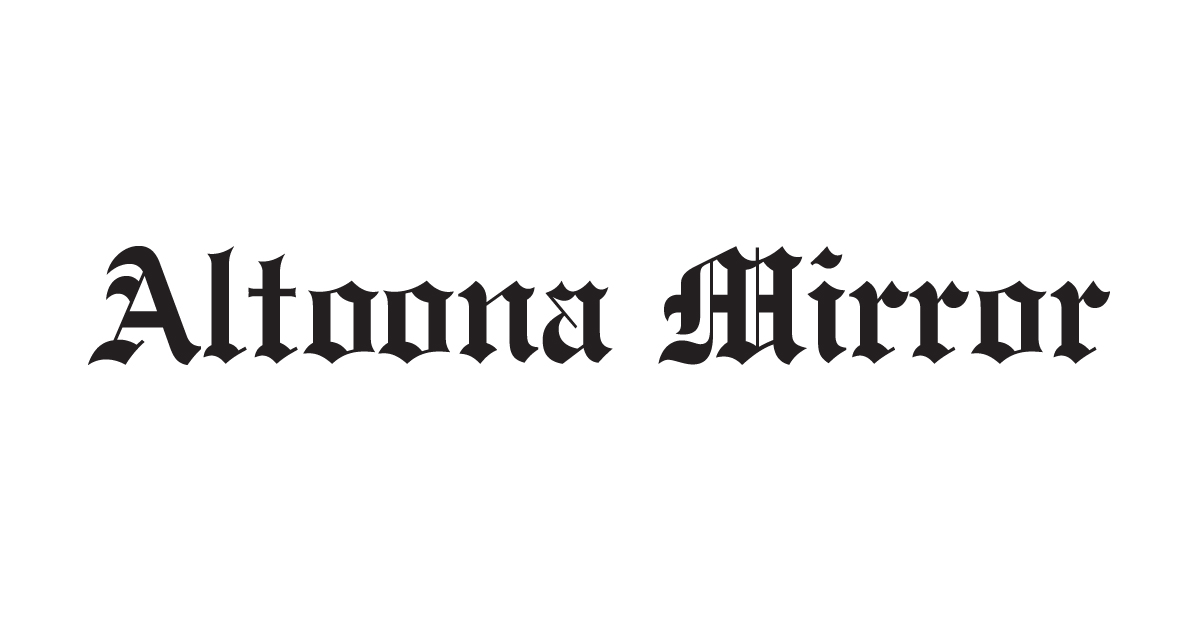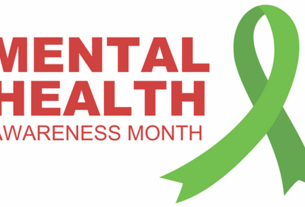[ad_1]
The concept Gross Domestic Product (GDP) concept was developed in the 1930’s to provide a measure of overall domestic economic activity.
It measures the value of final goods and services purchased by consumers.
It totals three components: Consumption, investment and government expenditures.
Recently, the government announced the second consecutive quarterly decline in real (inflation adjusted) GDP.
What should we take from that news?
The U.S. economy grows most of the time.
That growth is the source of our increasing standard of living. GDP measures our standard of living and its growth — and that’s why you should care about it.
During my lifetime so far (1947 to 2022) real GDP per capita has grown by a factor of four — $14,000 to $58,000.
However, GDP does not automatically increase every quarter.
We live in a very complex economy with many factors influencing activity. From time to time, economic activity will actually decline.
These declines can last for some period of time and are called recessions.
The National Bureau of Economic Research (NBER) is charged with, among other things, tracking U.S. economic activity and determining when the economy is expanding or contracting (in recession).
It does so by using a great many economic measures.
NBER identified 12 recessions between 1948 and 2020.
Unfortunately for decision makers and policy makers, the NBER only makes its determination well after the fact.
Wouldn’t it be helpful to have an indicator of that condition available to us in real time? We could use it to make better decisions.
Well, GDP rides to the rescue.
I compared NBER’s list of recessions since 1948 with real GDP declines. Real GDP declined in 11 of 12 recessions of the period. It declined in two or more consecutive quarters nine times, for one quarter two times, and one recession — not at all.
Moreover, there were no declines in real GDP since 1948 without a recession being present. Real GDP decline is a very good real time indicator of recessions.
Unfortunately, major media outlets deny the obvious. Take the front-page Associated Press article in the July 28 Altoona Mirror — in which the second consecutive quarterly decline in real GDP is only “raising fears” of recession.
No. The two consecutive quarterly real GDP declines we just experienced clearly signal recession.
But to the AP and other major media outlets, that news is politically inconvenient.
So, our Ministries of Truth ignore the statistical evidence! Instead, they note that rising unemployment (which is not currently present) usually accompanies recessions –which is true.
But employment still has not recovered to pre-pandemic levels as many people have simply left the workforce. We have a shortage of available labor, hence low unemployment.
That is not a sign of economic health, but the opposite. And it does nothing to rebut the historical record that real GDP declines signal recessions.
Christopher Gable resides in Altoona.
[ad_2]
Source link



